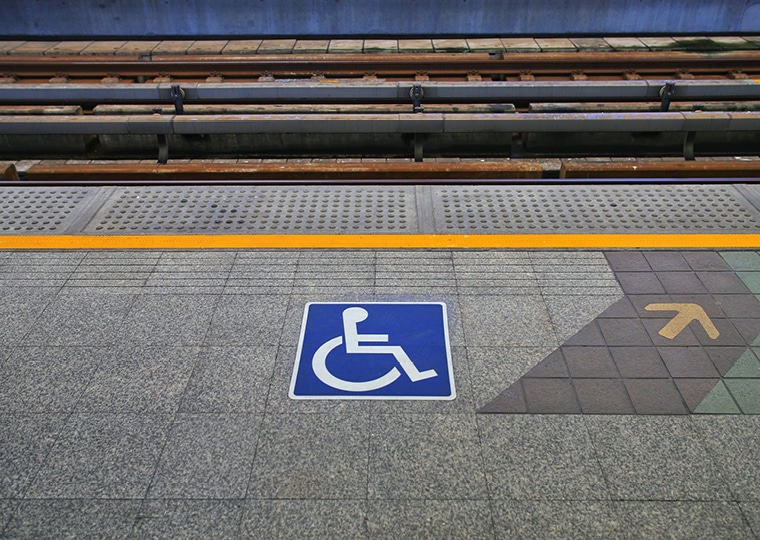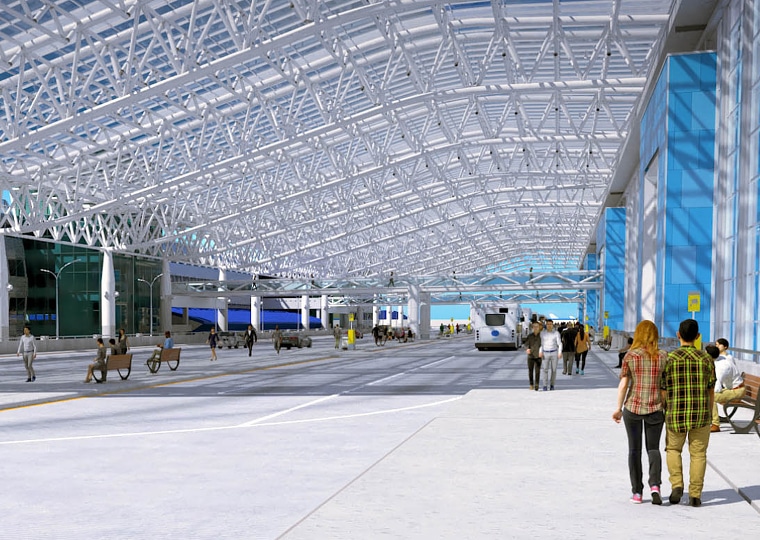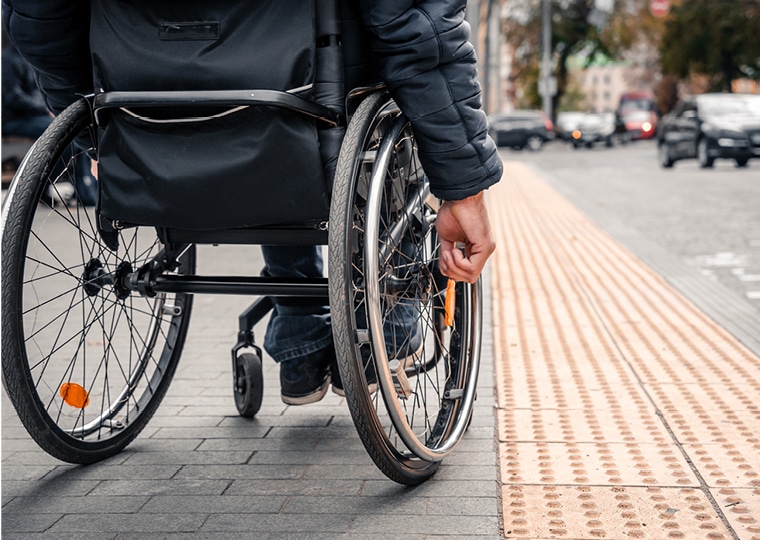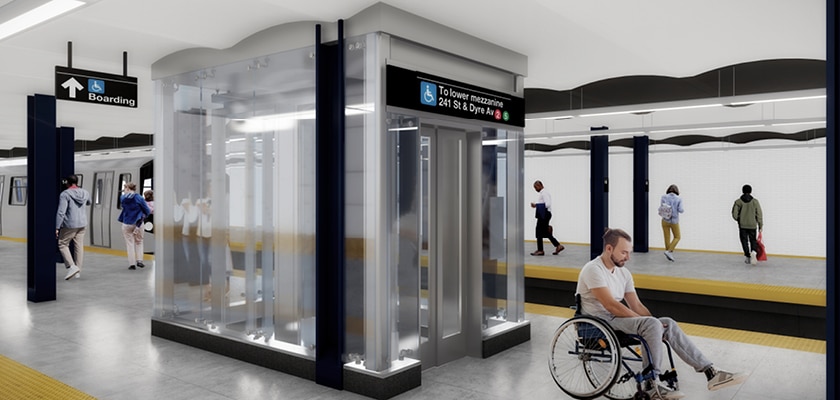
The history of mass transportation – extraordinary feats of engineering that were constructed by workers who labored in tunnels – drastically transformed communities across the nation more than 100 years ago. However, amidst ever-evolving technological, design, and infrastructure policy changes, major transit agencies across the country have had to meet the challenge of progressively updating and upgrading their systems to meet the ridership needs of the modern age.
For agencies like the Metropolitan Transportation Authority (MTA) of New York City, the Massachusetts Bay Transportation Authority (MBTA), and the Chicago Transit Authority (CTA) – who oversee some of the largest and longest-tenured transit systems in the nation – these challenges include identifying barriers to accessibility at stops and stations so that the system complies with the Americans with Disabilities Act (ADA).
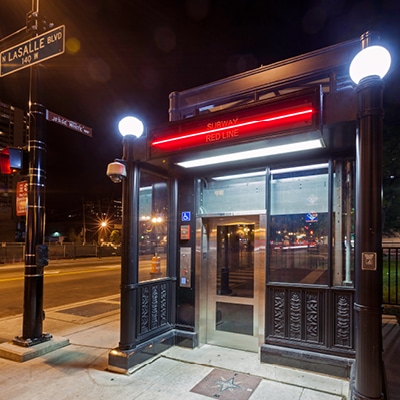
STV’s transportation and infrastructure team has a long-standing track record of working with the aforementioned clients and many others, to help them provide reliable access to transit infrastructure so that it benefits traditionally underserved communities: disabled riders and individuals with limited mobility.
Adding to the currency of this moment is the fact that in concert with President Biden’s Bipartisan Infrastructure Law, the Federal Transit Administration (FTA), announced is providing $1.75 billion in funding to help agencies retrofit subway stations with elevators and ramps.
For many of these legacy transit systems, there are various challenges associated with such initiatives. In major cities, not a single square foot of space is unaccounted for. Making space for elevators, ramps, and escalators without disturbing existing sewers, water mains, gas lines, and other stakeholders’ interests is incredibly difficult. Especially when trying to determine the ideal placement for each addition so that it will be most beneficial to the end users.
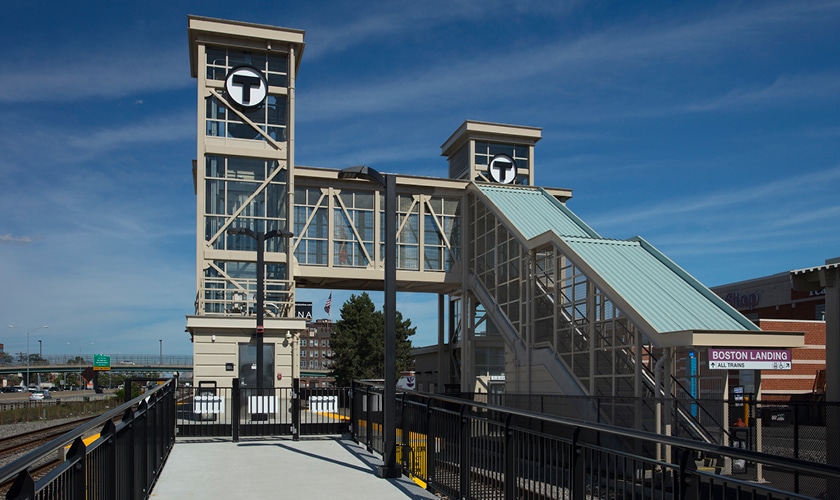
Our project teams go through several iterations of each design, taking into consideration the various needs of the transit agency, stakeholders, and riders. This includes a thorough review by our internal ADA compliance experts at Meeting the Challenge, Inc. With over 30 years of experience in implementing the ADA’s regulations, Meeting the Challenge, along with its affiliated ADA technical assistance center, enhance STV’s commitment to equity in infrastructure. Further, we often work in tandem with historic preservation offices to help them protect and preserve these historic sites.
While balancing all of these (sometimes competing) missions and interests, I’ve found the greatest success in strategizing with stakeholders and asking: who’s using this? Is it accessible to all?
As we build and rebuild, when we think about the next 100 years, these are the questions we need to bear in mind. When we incorporate equity and inclusion as we proceed with our designs for public spaces, the answers soon follow.

Maurice Roberts, P.E., is a senior project manager and associate in STV’s New York office. He has more than 17 years of experience as a leader in resilience efforts and design for bridges and ancillary structures for major transit agencies. Maurice is a current member of STV’s ACE Mentor Program of Greater New York City team and has been a member of the Young Professionals Steering Committee of the New York Building Congress (NYBC) since 2017. Early in 2020, Maurice rose to the position of co-chair for the committee, where he focuses on recruitment, retention, networking, and advancing NYBC initiatives in the aftermath of the pandemic.
